Year 6
The English curriculum is built around the three interrelated strands of language, literature and literacy. Teaching and learning programs should balance and integrate all three strands. Together, the strands focus on developing students' knowledge, understanding and skills in listening, reading, viewing, speaking, writing and creating. Learning in English builds on concepts, skills and processes developed in earlier years, and teachers will revisit and strengthen these as needed.
In Years 5 and 6, students communicate with peers and teachers from other classes and schools, community members, and individuals and groups, in a range of face-to-face and online/virtual environments.
Students engage with a variety of texts for enjoyment. They listen to, read, view, interpret and evaluate spoken, written and multimodal texts in which the primary purpose is aesthetic, as well as texts designed to inform and persuade. These include various types of media texts including newspapers, film and digital texts, junior and early adolescent novels, poetry, non-fiction and dramatic performances. Students develop their understanding of how texts, including media texts, are influenced by context, purpose and audience.
The range of literary texts for Foundation to Year 10 comprises Australian literature, including the oral narrative traditions of Aboriginal and Torres Strait Islander Peoples, as well as the contemporary literature of these two cultural groups, and classic and contemporary world literature, including texts from and about Asia.
Literary texts that support and extend students in Years 5 and 6 as independent readers describe complex sequences, a range of non-stereotypical characters and elaborated events including flashbacks and shifts in time. These texts explore themes of interpersonal relationships and ethical dilemmas within real-world and fantasy settings. Informative texts supply technical and content information about a wide range of topics of interest as well as topics being studied in other areas of the curriculum. Text structures include chapters, headings and subheadings, tables of contents, indexes and glossaries. Language features include complex sentences, unfamiliar technical vocabulary, figurative language, and information presented in various types of graphics.
Students create a range of imaginative, informative and persuasive types of texts such as narratives, procedures, performances, reports, reviews, explanations and discussions.
(source: www.australiancurriculum.edu.au)
Achievement Standard
Receptive modes (listening, reading and viewing)
By the end of Year 6, students understand how the use of text structures can achieve particular effects. They analyse and explain how language features, images and vocabulary are used by different authors to represent ideas, characters and events.
Students compare and analyse information in different and complex texts, explaining literal and implied meaning. They select and use evidence from a text to explain their response to it. They listen to discussions, clarifying content and challenging others' ideas.
Productive modes (speaking, writing and creating)
Students understand how language features and language patterns can be used for emphasis. They show how specific details can be used to support a point of view. They explain how their choices of language features and images are used.
Students create detailed texts elaborating on key ideas for a range of purposes and audiences. They make presentations and contribute actively to class and group discussions, using a variety of strategies for effect. They demonstrate an understanding of grammar, and make considered vocabulary choices to enhance cohesion and structure in their writing. They use accurate spelling and punctuation for clarity and make and explain editorial choices based on criteria.
(source: www.australiancurriculum.edu.au)
- Plus Plan
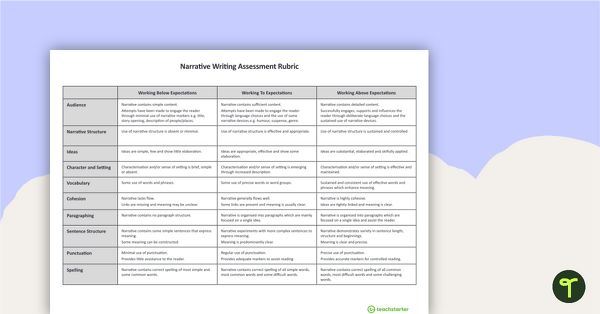
NAPLAN-Style Assessment Rubric - Narrative Writing
A NAPLAN-style rubric designed to help teachers to assess students' narrative writing.
- Plus Plan
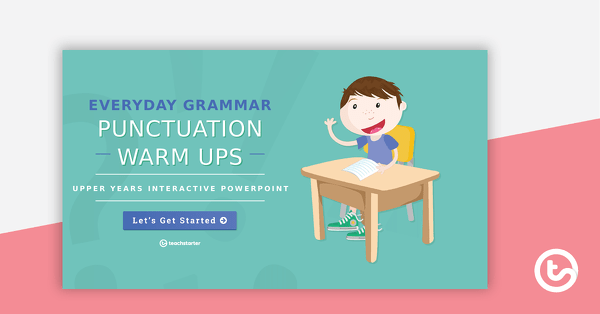
Everyday Grammar Punctuation Warm Ups - Upper Years Interactive PowerPoint
An engaging 44 slide interactive PowerPoint to use in the upper years classroom when learning about grammar and punctuation.
- Plus Plan
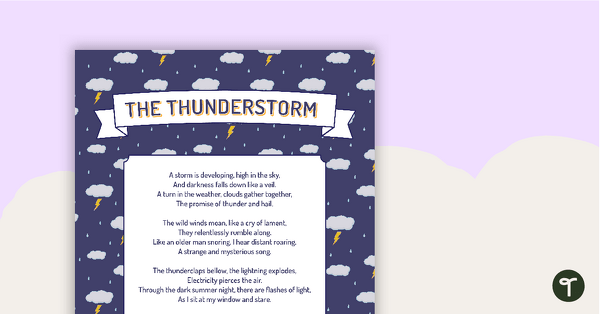
Elements of Poetry Worksheet - Sound Devices
A worksheet to help students understand sound devices in poetry.
- Plus Plan
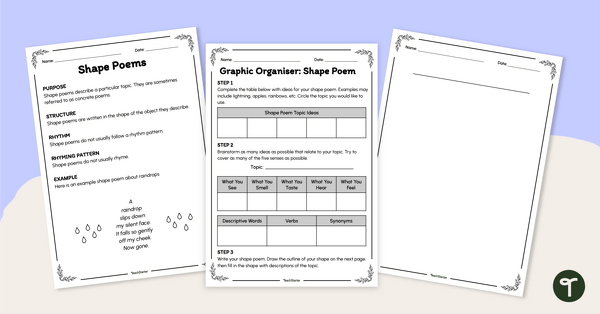
Writing a Shape Poem Worksheet
A 2 page worksheet for students to use when learning how to write a shape poem.
- Plus Plan
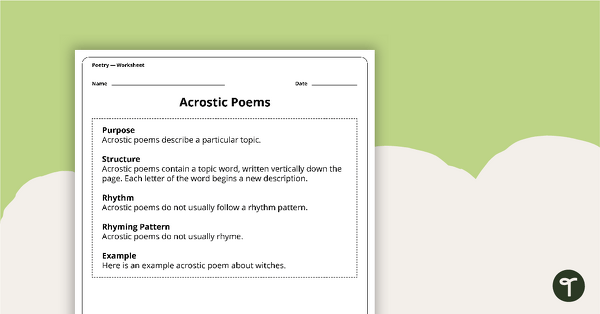
Writing an Acrostic Poem Worksheet
A 2 page worksheet for students to use when learning how to write an acrostic poem.
- Plus Plan
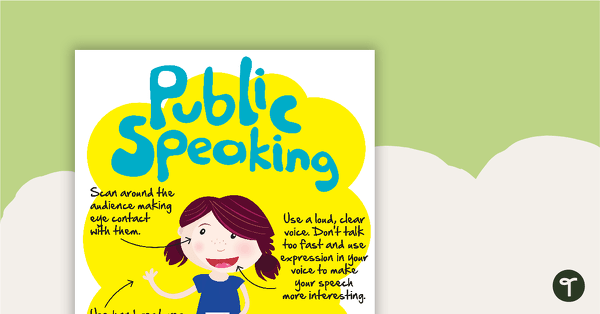
Public Speaking Poster
A poster giving tips on how to deliver an effective speech.
- Plus Plan
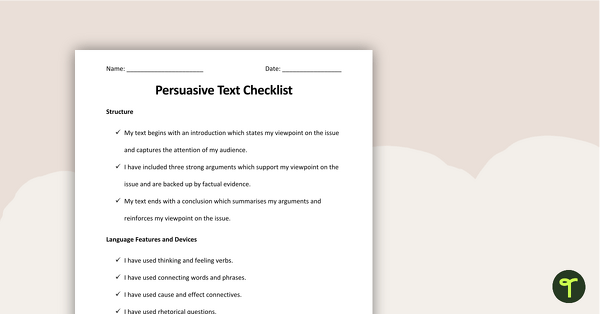
Persuasive Writing Checklist - Structure, Language and Features
A checklist for students to use when proofreading and editing their persuasive writing.
- Plus Plan
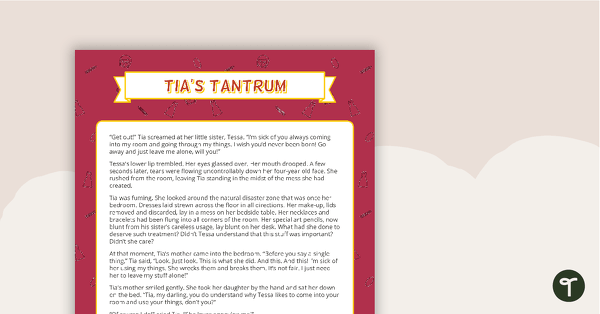
Comprehension - Tia's Tantrum
A comprehension activity using a narrative text.
- Plus Plan
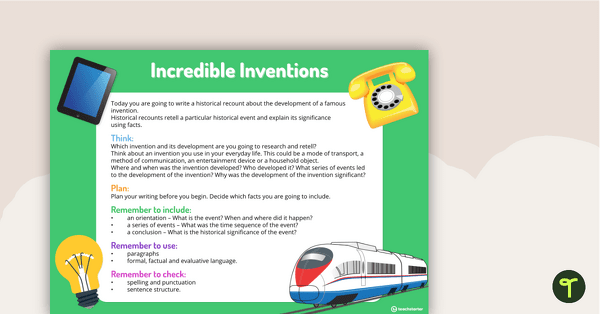
5 Historical Recount Stimulus Sheets
Writing stimulus sheets with a historical recount focus.
- Plus Plan
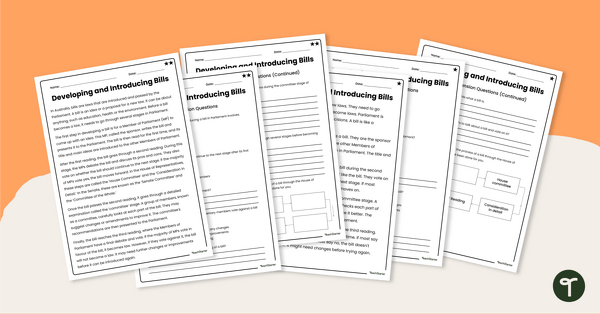
Developing and Introducing Bills – Comprehension Worksheets
Explore how bills are introduced and developed through the parliamentary process with this differentiated reading comprehension activity.
- Plus Plan
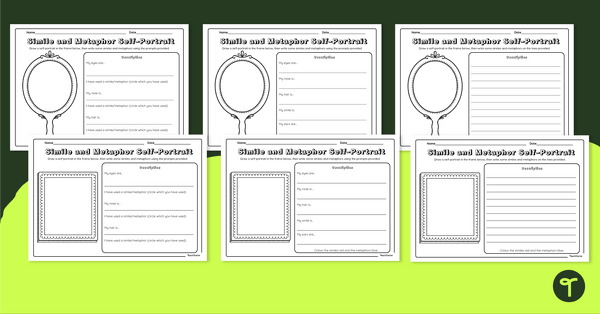
Simile and Metaphor Self-Portrait Worksheet
Teach students about similes and metaphors by asking them to describe... themselves!
- Plus Plan
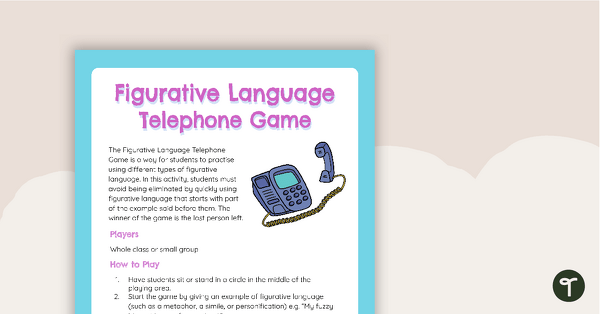
Figurative Language Telephone Game
Play this figurative language game with a group to practise recognising and inventing metaphors, similes and personification.
- Plus Plan
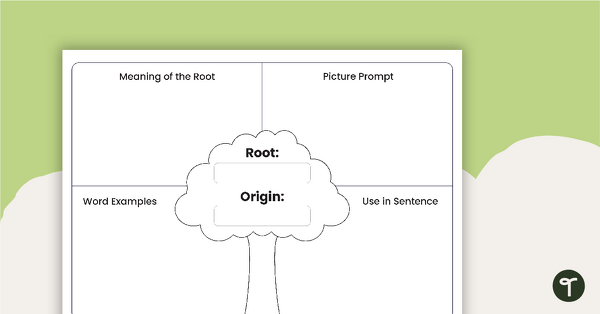
Roots Graphic Organiser Template
Use this graphic organiser to explore roots and their origins.
- Plus Plan
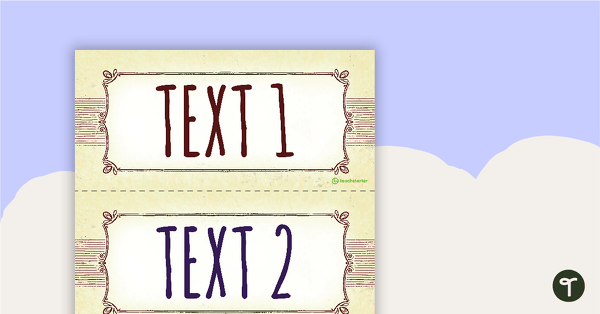
Biography Writing Bump It Up Wall
A visual display for your classroom to help students ‘bump up’ their biography writing.
- Plus Plan
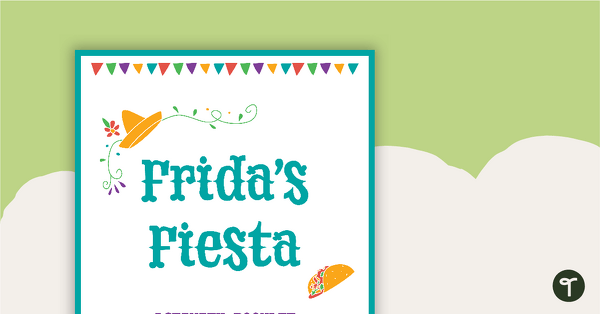
Frida's Fiesta: Open for Business - Inquiry Project
An inquiry project where students get the opportunity to design their own restaurant.
- Plus Plan
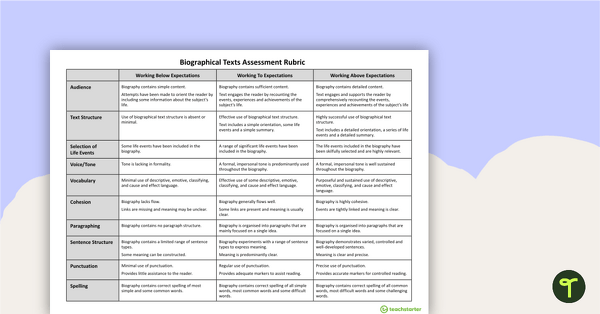
NAPLAN-Style Assessment Rubric – Biographical Texts
Use this NAPLAN-style rubric to assess students’ biography writing as you prepare students for Year 5 tests.
- Plus Plan
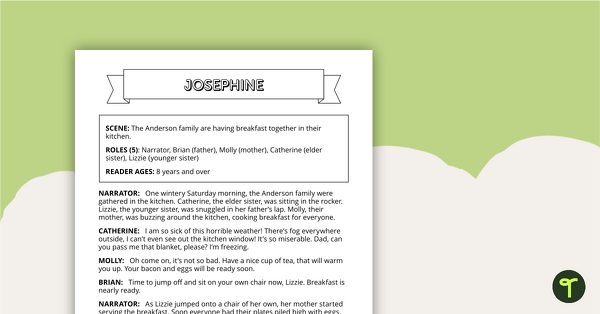
Readers' Theatre Script - Josephine
A script which can be used during readers' theatre or Drama sessions, aimed at students 8 years and over.
- Plus Plan
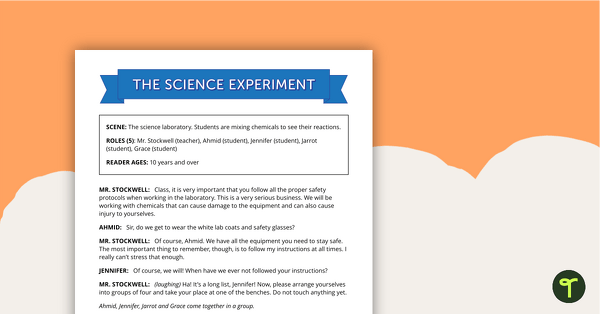
Readers' Theatre Script - Science Experiment
A script which can be used during readers' theatre or Drama sessions, aimed at students 10 years and over.
- Plus Plan
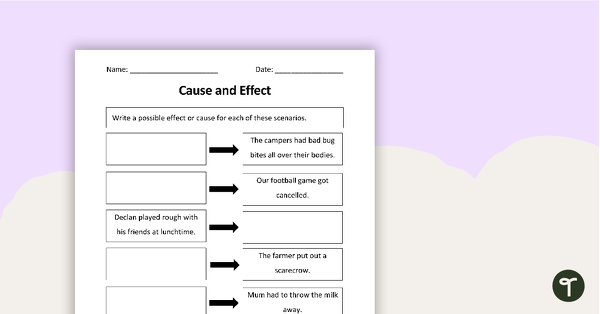
Cause and Effect - Scenario Worksheet
A worksheet and answer sheet to use when teaching students the cause and effect comprehension strategy.
- Plus Plan
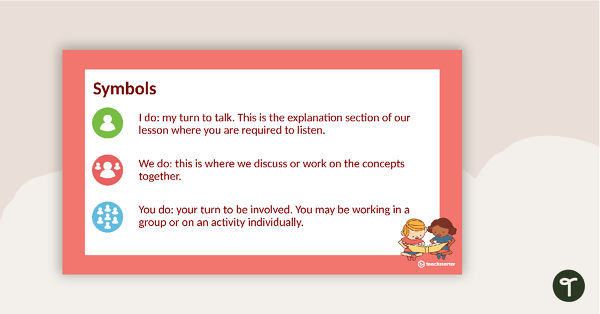
Reading Comprehension Strategies PowerPoint - Activating Prior Knowledge
A 13 slide editable PowerPoint template explaining the reading comprehension strategy of activating prior knowledge.
- Plus Plan
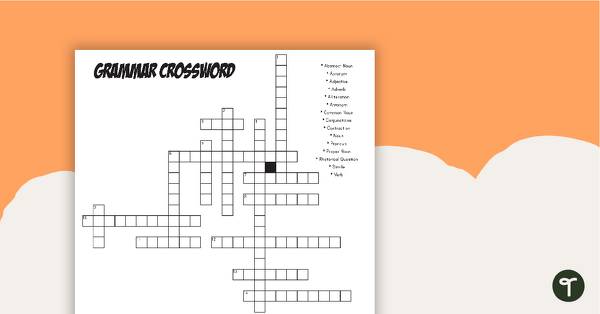
Grammar Crossword
A crossword with clues for various grammar concepts.
- Plus Plan
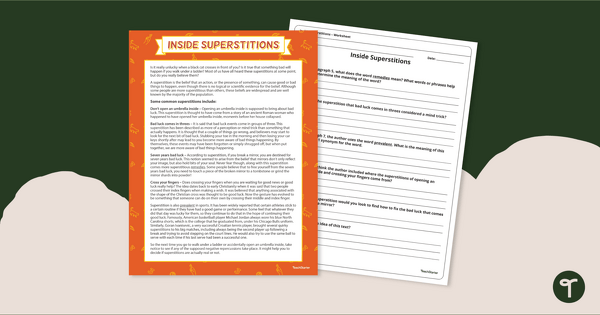
Year 5 Reading Comprehension Worksheets - Superstitions
Learn about common superstitions and beliefs with a printable reading comprehenion passage for Year 5.
- Plus Plan
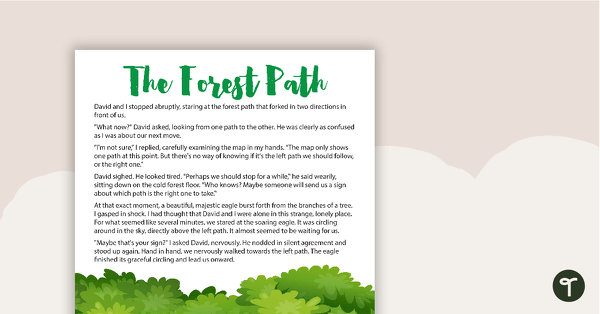
Making Predictions - Comprehension Task
A task to use when teaching your students reading comprehension strategies.
- Plus Plan
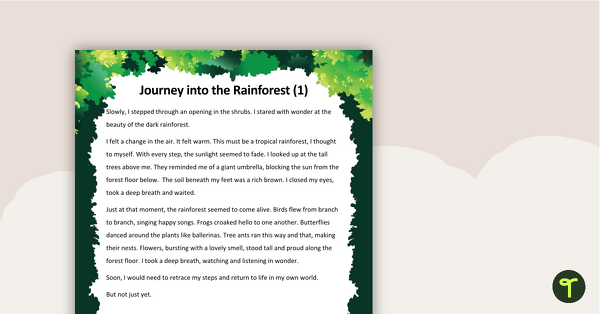
Reading Fluency Assessment Tool - Rainforests
A user-friendly tool for teachers to assess their students' reading fluency and accuracy, with texts based on a rainforest theme.
- Plus Plan
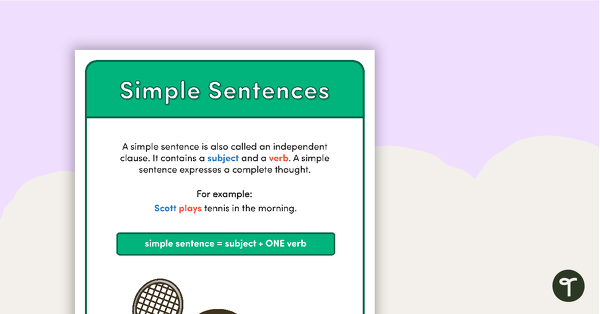
Types of Sentences Posters
A set of 7 posters outlining the structure of various types of sentences.
- Plus Plan
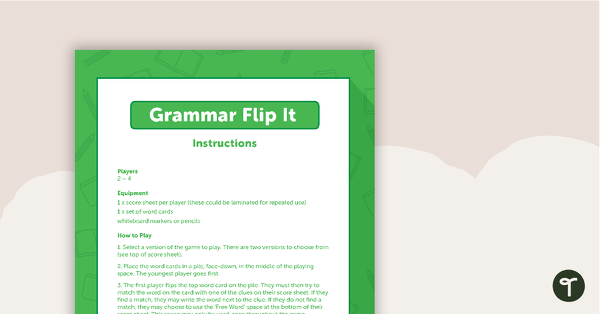
Adjective Grammar Card Game – Flip It!
A fun game for students to play in small groups to consolidate their understanding of adjectives.
- Plus Plan
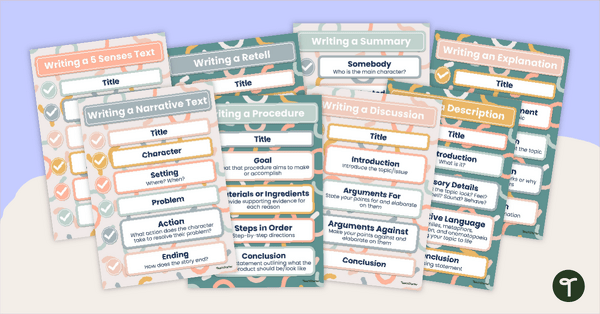
Text Type Structure Poster Display Pack
Display these posters in your room as a visual reminder of the structure of a variety of text types.
- Plus Plan
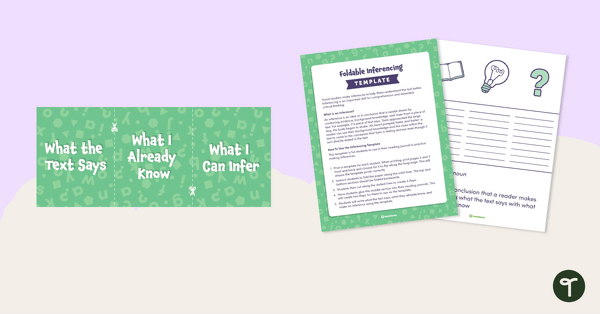
Foldable Inferencing Template
Practise making inferences with this foldable template.
- Plus Plan
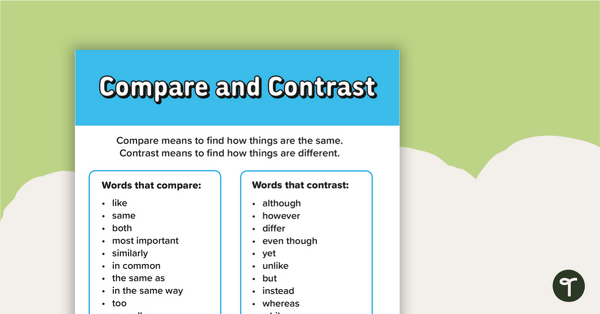
Compare and Contrast Poster
A poster highlighting how to compare and contrast when reading a piece of text.
- Plus Plan
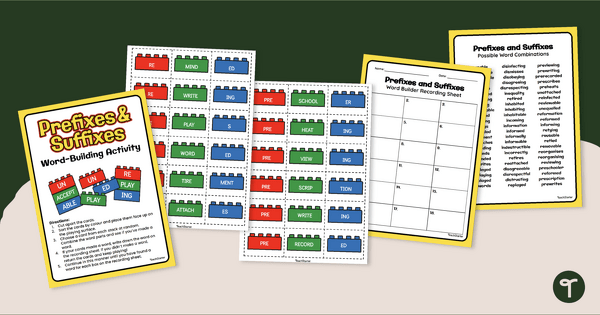
Word Building Bricks - Prefixes, Suffixes, and Roots Activity
Build, read and write multi-syllable words using prefixes, suffixes, and base words with a fun word-building literacy activity.
- Plus Plan
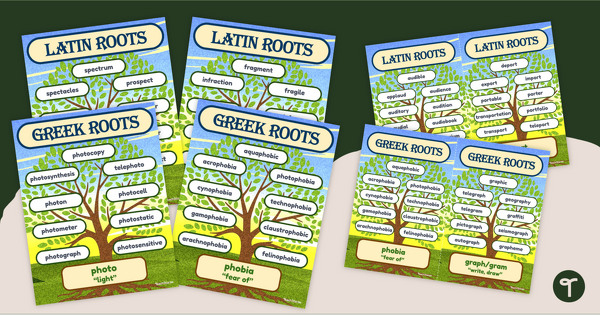
Greek and Latin Roots - Word Tree Anchor Charts
Encourage vocabulary development with 24 Greek and Latin Root Tree anchor charts.
- Plus Plan
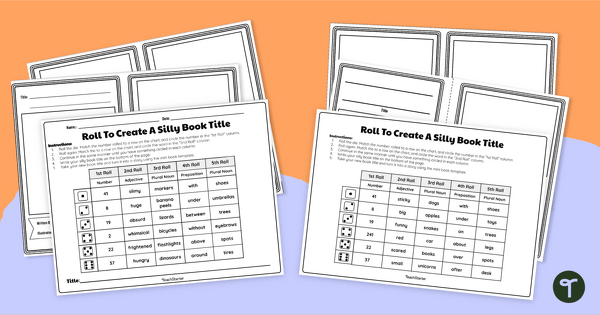
Roll to Create a Silly Book Title – Differentiated Writing Activity
Print a differentiated literacy activity using dice and a chart to create a silly book title and storybook.